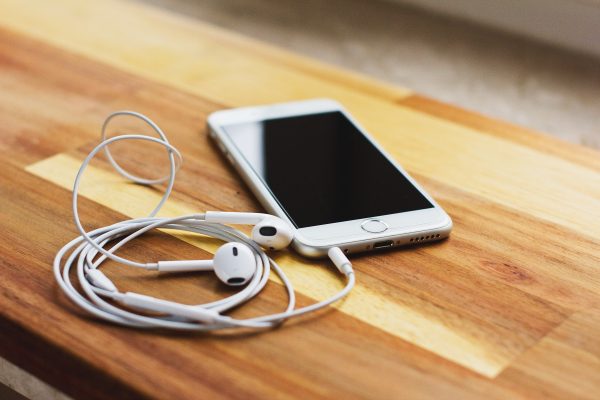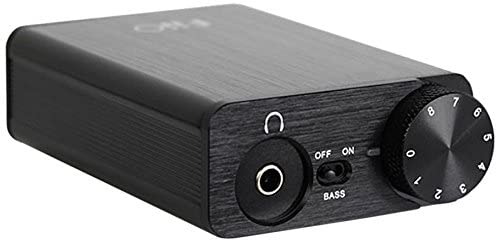Everyone uses a DAC in their daily lives without knowing about it. Integrated into your smart devices, these important doohickeys are essential to any modern audio or visual experience. Digital-to-analog converters or DACs and their counterparts, analog-to-digital converters (ADCs), exist in almost every piece of modern technology. From the newest Samsung Galaxy to the old school Apple iPods, all of them have a DAC installed. With how essential and commonplace converters are in modern life, they do not get much attention. So, what exactly do you know about DACs and how they work? Thankfully, we can explain everything about these intriguing devices without over-complicating it!
Inside This Article
What Does DAC Stand For and What Does It Do?

So, first things first — what are DACs and what do they do? The short answer to this is that a DAC or a Digital-to-Analog Converter is a device that deciphers a digital signal into an analog signal. A longer answer, meanwhile, is a bit more complicated.
The relentless evolution of technology meant changing the way files and media are stored. This equaled moving away from analog storage like VHS and cassette tapes to digital ones like flash drives and CDs. Because of this change, the way audio is saved has changed as well. Without getting into the specifics of lossless and lossy audio, all-digital audio is recorded by sampling its analog waveforms at specific frequencies (in Hz). This means that a digital audio file is stored as pure binary data (in the form of 1s and 0s) understood only by computers.
Because of this, the average MP3 or FLAC file cannot be directly listened to by human listeners. This means that a computer, smartphone, or digital TV box that wants to play music sends its digital data to the converter. That is where a DAC comes in to convert this compilation of digital samples into continuous signals that can be heard from Bluetooth speakers, headsets, and other sound devices with the help of an amplifier.
Is It Worth Getting a DAC?

“If my devices already have a DAC, why would I even need one?” That is a very good question since most people would not want to get something they do not need, right? The answer is simple. Just like using an original Airpod Max is compared to using a cheap knockoff, there is a big difference in audio quality between a stand-alone DAC and a built-in one.
The main factor in getting a stand-alone converter compared to a built-in one is its build quality and standards. Audio noise, random distortion and artifacts, and bad decoding are just some of the problems with a built-in converter. This is mainly due to improper shielding, poor power regulation, or just slow bitrate – all of which are remedied by a stand-alone converter.
Unless you are playing your music through specialized equipment like a digital audio player (DAP), you are probably relying on your integrated converter, built to be mass-produced and cheap. A stand-alone DAC, however, is built to be exact and accurate when converting a digital signal to an analog signal.
How Does a DAC Work to Make Sounds Better?

You are now probably wondering how a built-in converter can make sounds better compared to an independent one. This difference all has to do with a few terms, bitrate, bit depth, and sample rates. As we said earlier, all digital media is expressed in binary or a “bit.” Since audio is usually presented as a wave, you can consider bitrates as how much data can be processed in a second (as kbps) on the wave. The second term, bit depth (usually 16, 24, and 32-bit), refers to how long and how much data in each sample is taken. Sample rate (in kHz), meanwhile, equals how many samples of data are taken per second.
With those terms in mind, a standard CD-quality MP3 recording at 16-bit/44.1kHz played on a converter going at 320kbps will more than properly convert the audio. This means that you can hear the highs and lows of the track – but what if it were reversed? Imagine a high-fidelity 32-bit/384kHz track played on a 192kHz converter? Not only would you lose a lot of the sound quality, but you would also have a lower dynamic range of sound. A good quality DAC can change your entire audio experience by making you hear music the way you never heard before!
Types of DACs

Hopefully, we have convinced the audiophiles among you of the importance of these converters. That said, there are a lot of different digital-to-analog converters on the market. Some of them are stand-alone DACs that you can just plug in and use on your smartphones or computers, with or without an amplifier. Other models, on the other hand, are part of large hi-fi systems. There are three types of DACs, portable, powered, and home audio sets.
Portable
Portable converters are small, compact, and lightweight enough to look like flash drives. These gadgets are usually USB-based and powered. Portables can connect with most smart gadgets through standard USB Type-A or the newer Type-C formats. Usually used by people on the go, they usually feature a single port of the standard 3.5mm audio jack.
Powered
Powered converters, meanwhile, are bulkier and need their own power sources. These units usually offer more than one output type or may require an additional amplifier to function. Compared to portable ones, powered units are usually aimed for audiophiles to use at home with their PCs or Mac.
Home Audio Set
The last of the DAC types are part of home audio sets. These are usually box-sized machines made to fit into a bigger sound system. Aside from having even obscure sockets like AES and EBU, these machines usually have other features like Bluetooth connectivity and volume control.
